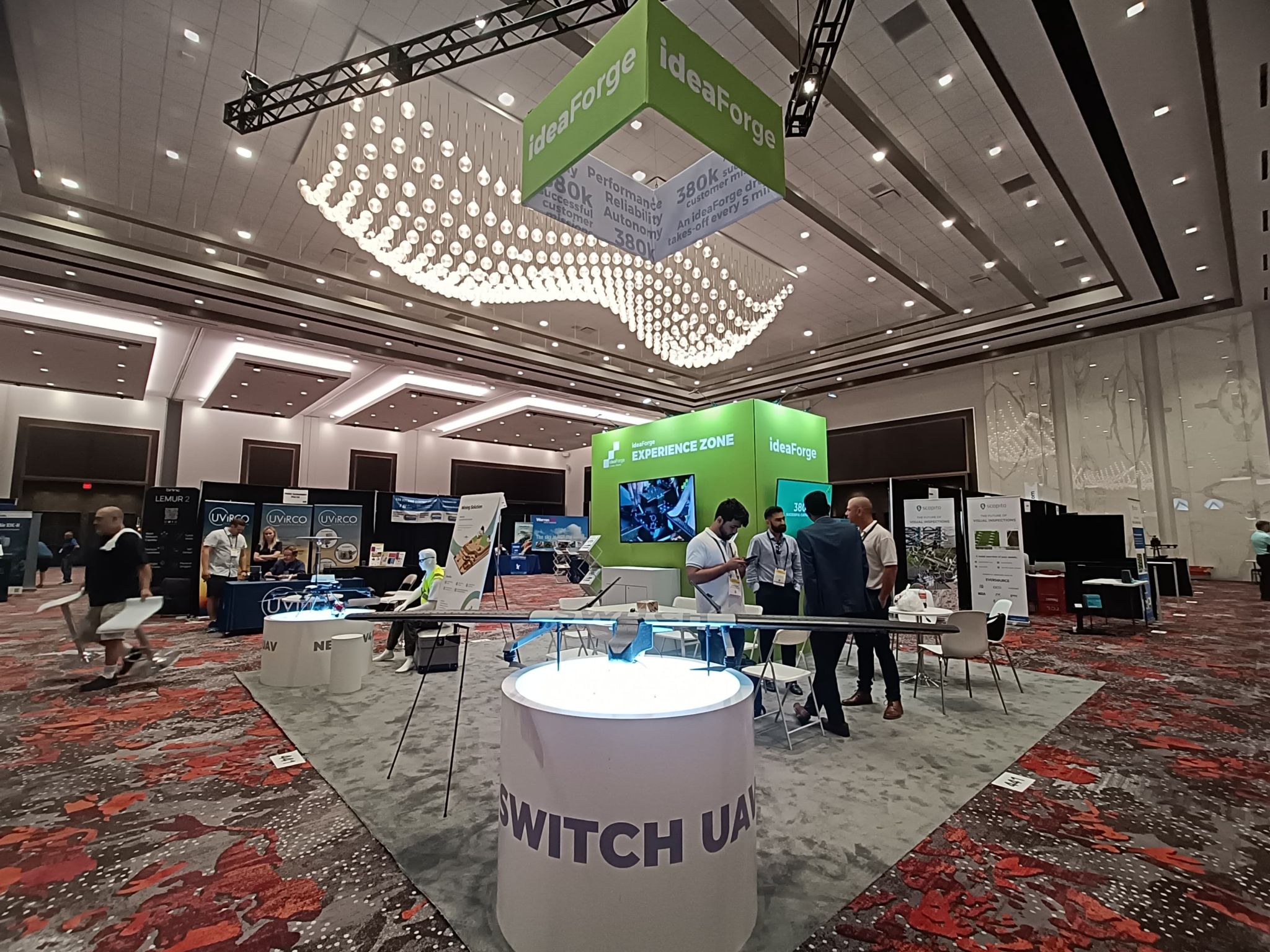
Introduction:
Crafting an exceptional event experience goes beyond logistical planning; it involves delving into the psyche of attendees. This exploration dives into the profound impact of event design on attendee experience and engagement, unveiling the psychological principles that shape attendee behavior.
1. Creativity the Right Atmosphere
The ambiance of an event sets the stage for attendee interactions and perceptions. Environmental factors like lighting, color schemes, and spatial layout have a profound impact on mood and behavior.
Thoughtfully curated atmospheres can evoke specific emotions and create memorable experiences. For example, warm lighting and inviting colors can foster a sense of comfort and relaxation, while open layouts encourage social interaction and networking.
2. Utilizing Behavioral Triggers
Understanding human behavior is pivotal in guiding attendee actions and engagement. Behavioral triggers such as scarcity, social proof, and reciprocity can be strategically employed to influence attendee behavior.
For instance, creating a sense of urgency through limited-time offers or exclusive access can drive attendee participation. Similarly, showcasing testimonials or endorsements from previous attendees leverages social proof to increase engagement and trust.
3. Navigating Cognitive Load
Attendees are often inundated with information at events, leading to cognitive overload. To mitigate this, event planners should focus on reducing cognitive load through clear communication and intuitive design.
This entails providing clear signage to guide attendees, organizing information in a logical manner, and simplifying complex concepts through visual aids. By minimizing cognitive strain, attendees can better absorb and retain key messages, enhancing overall engagement and satisfaction.
4. Personalization and Emotional Connection
Personalization and storytelling are powerful tools for forging emotional connections with attendees. Tailoring the event experience to individual preferences and interests makes attendees feel valued and understood.
This can include personalized greetings, customized content recommendations, or interactive experiences that cater to specific demographics. Additionally, incorporating storytelling elements—such as testimonials, case studies, or interactive narratives—adds depth and authenticity to the event, fostering emotional resonance and long-term engagement.
5. Social Dynamics and Group Interaction
Events are fertile grounds for fostering connections and building communities. Understanding the dynamics of social interaction is crucial for creating inclusive environments where attendees feel connected and engaged. Event planners can cultivate a sense of solidarity and conviviality y designing activities and spaces that encourage collaboration and networking.
This may involve organizing icebreaker games, facilitating group discussions, or providing designated networking areas. By promoting a sense of unity and rapport, event planners can enhance attendee satisfaction and cultivate enduring relationships.
Conclusion:
In summary, the psychology behind event design and attendee behavior is a multifaceted realm that requires careful consideration and strategic implementation. By harnessing the power of atmospheric design, behavioral triggers, cognitive load management, personalization, and social dynamics, event planners can create immersive experiences that resonate with attendees on a deeper level. By incorporating these insights into event planning processes, planners can elevate their events to new heights, leaving a lasting impression on attendees and driving sustained engagement and loyalty.


 US
US
 EU
EU